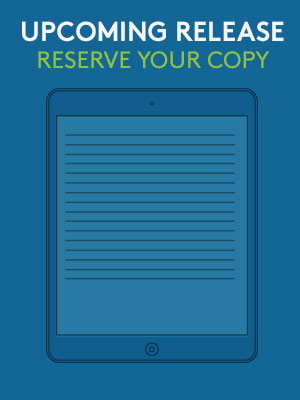Training for Atomic Warfare
ebook ∣ US Army Doctrine and Education in the Early Cold War, 1945–1963 · Legacies of War
By Brad Hardy

Sign up to save your library
With an OverDrive account, you can save your favorite libraries for at-a-glance information about availability. Find out more about OverDrive accounts.
Find this title in Libby, the library reading app by OverDrive.



Search for a digital library with this title
Title found at these libraries:
| Library Name | Distance |
|---|---|
| Loading... |
In the early days of the Cold War, the United States Army underwent a fundamental shift in its strategic thinking. While World War II was won on a doctrinal paradigm of combined arms, the US Army of the 1950s believed that atomic weapons would change how international conflicts were won and lost. Training officers in atomic warfare was a challenge, since there was little real-world experience on which to draw. Initially resistant to atomic weapons, the Army evolved through school debates among traditionalists, tech-driven "Buck Rogers" visionaries, and integrators who unified old and new methods.
Facing classified data gaps, Army schools sparked cognitive shifts while the maneuver-fires inversion redefined warfare. By the early 1960s, with the Vietnam War centered in the minds of US military leadership and the public, doctrine and professional military education for atomic warfighting faded as the stark realities of fighting in Vietnam settled in.
In Training for Atomic Warfare, Lieutenant Colonel Brad Hardy presents a unique view into the history of the US Army's strategic shift toward—and then away from—atomic warfare. Moving chronologically, each of the book's five chapters catalogs a segment of years between 1945 and 1960, showcasing how changes in US defense policy and technology reflected the Army's doctrine and education. Training for Atomic Warfare draws compelling parallels between the army of the 1950s and the current decade, demonstrating how shifts in military methodologies reflect the character of changing global conflicts and international policy.







